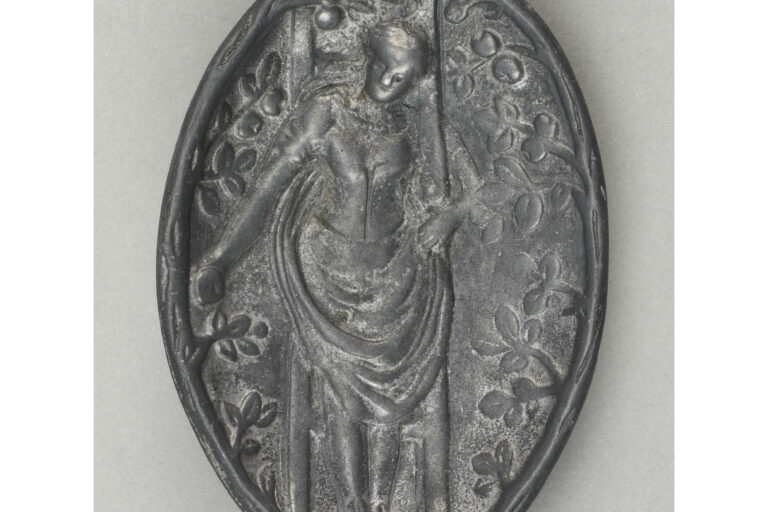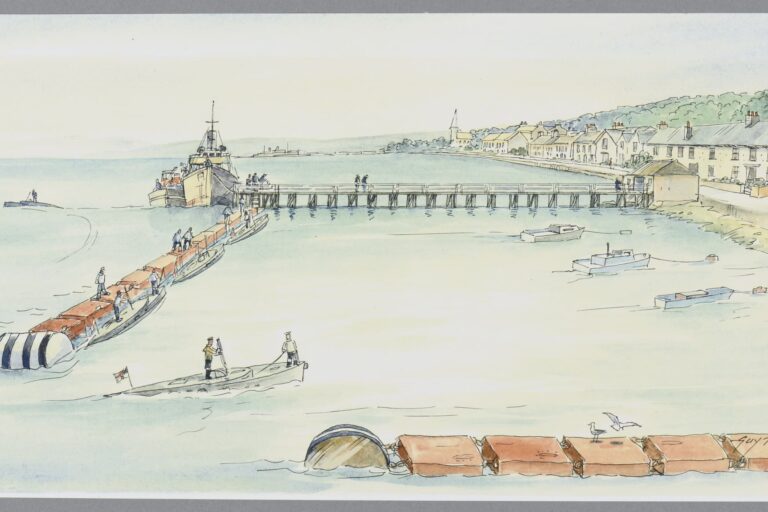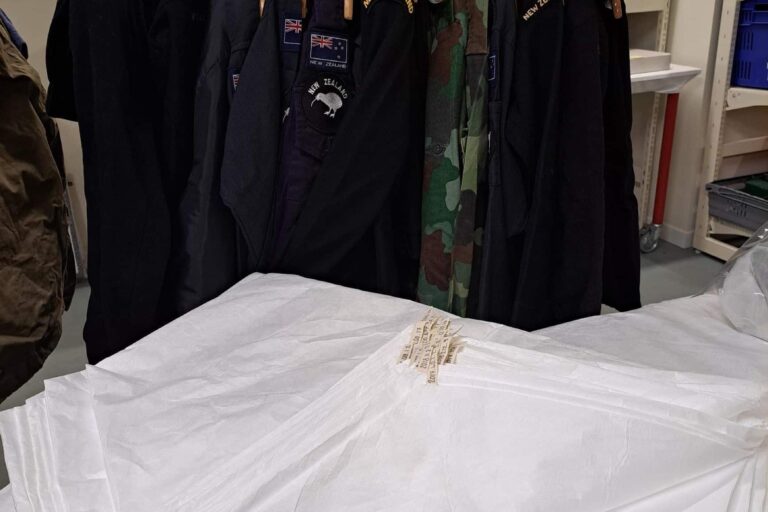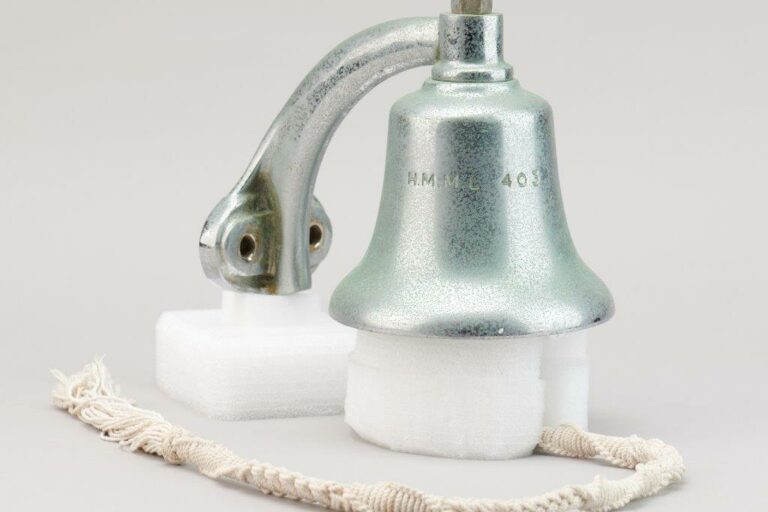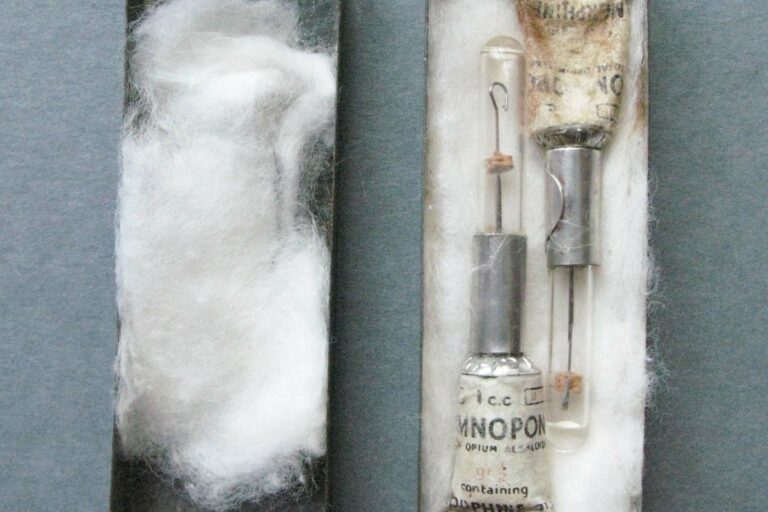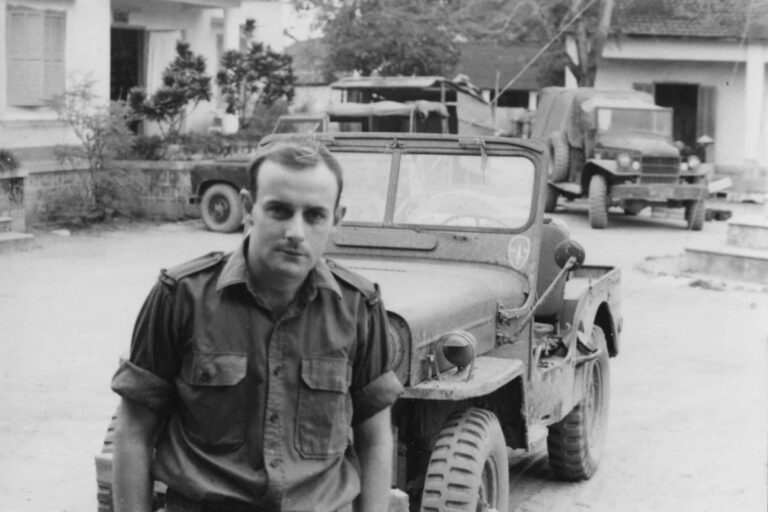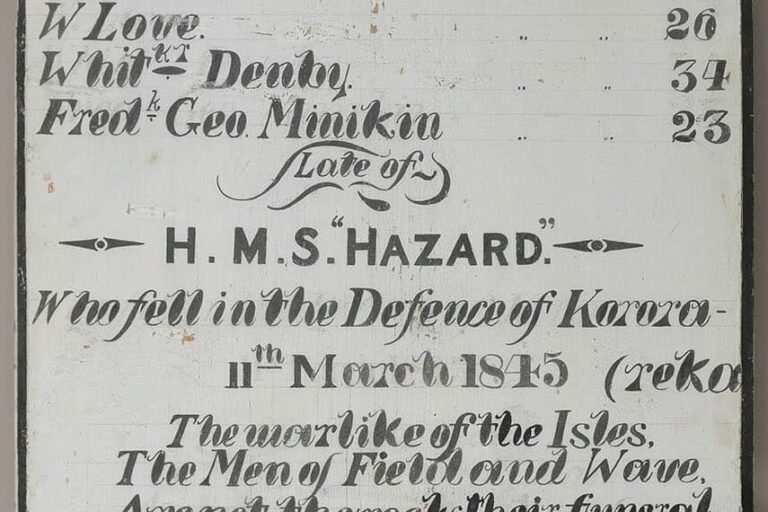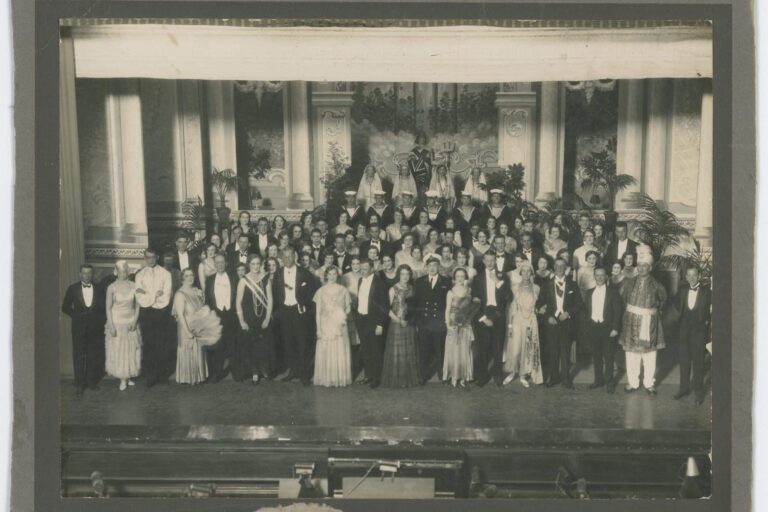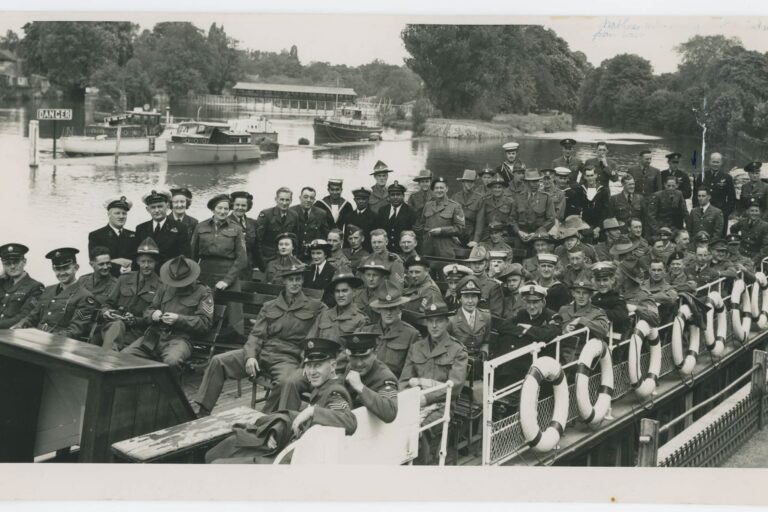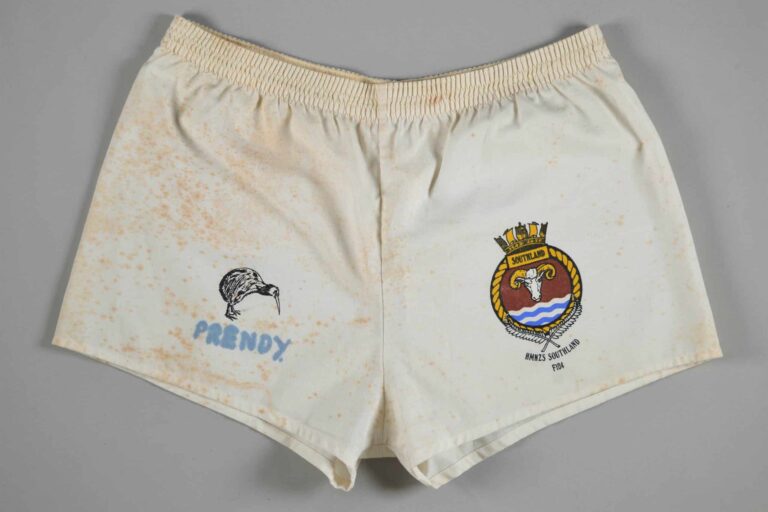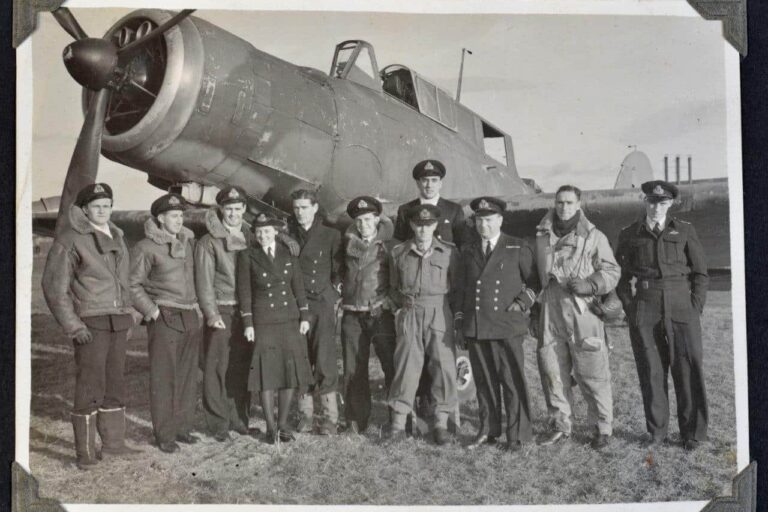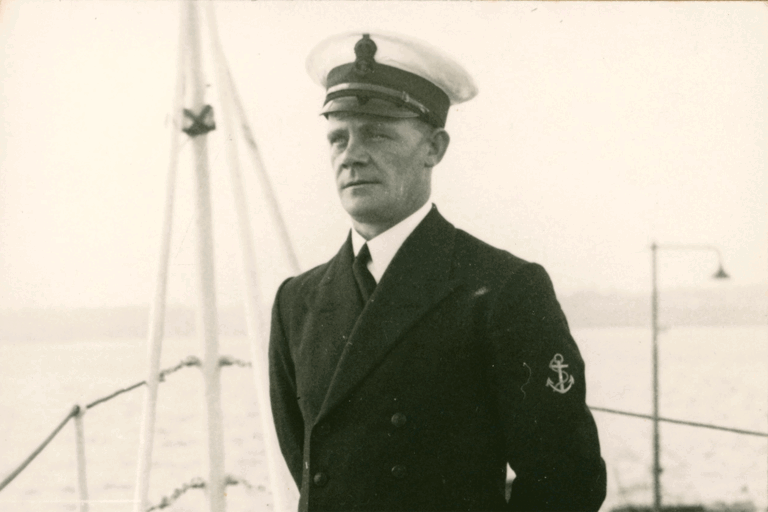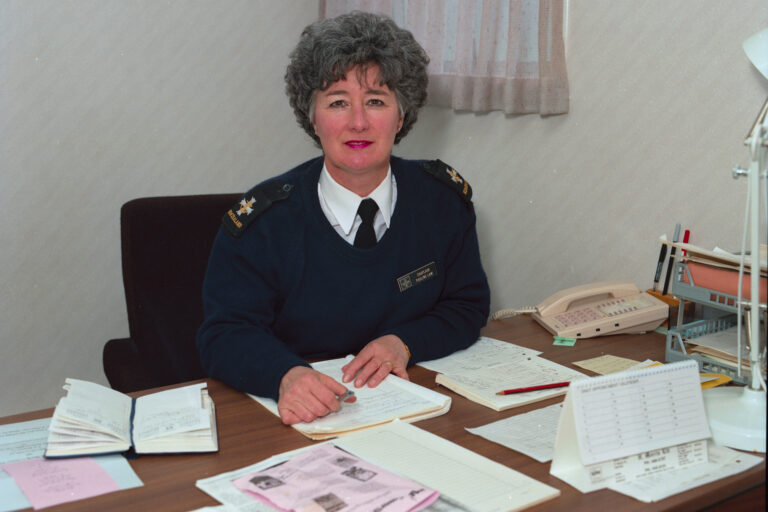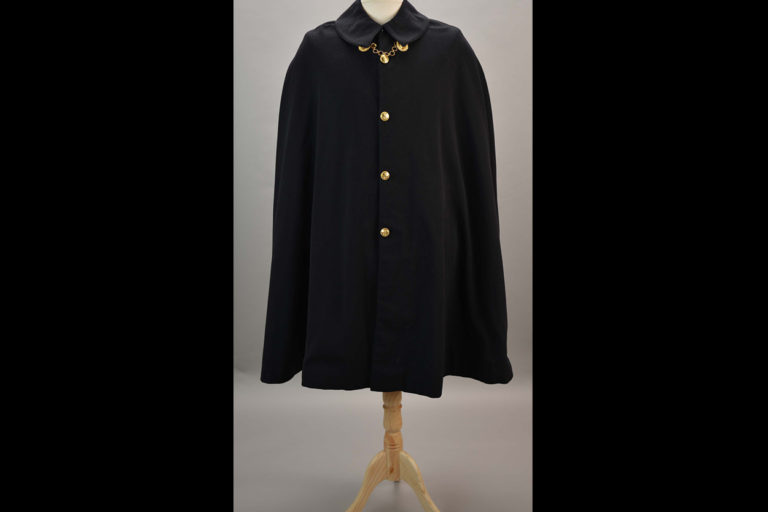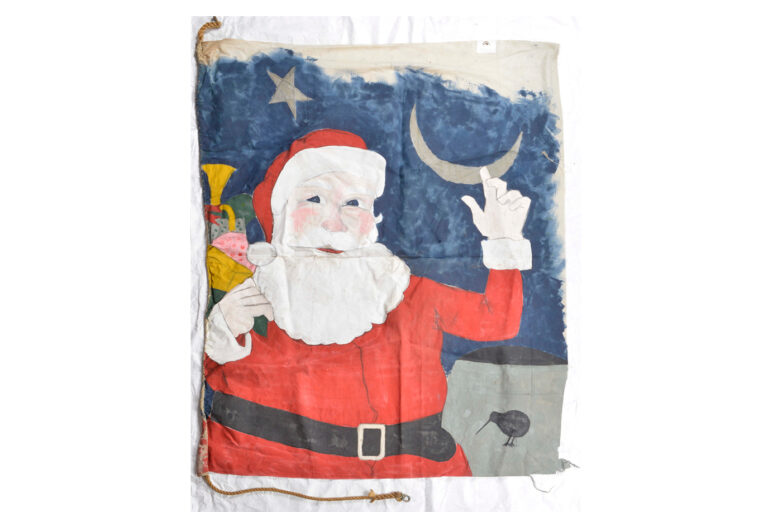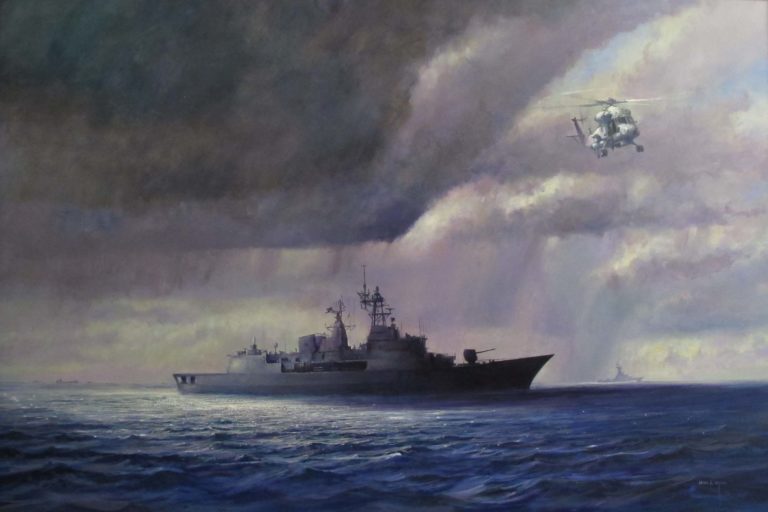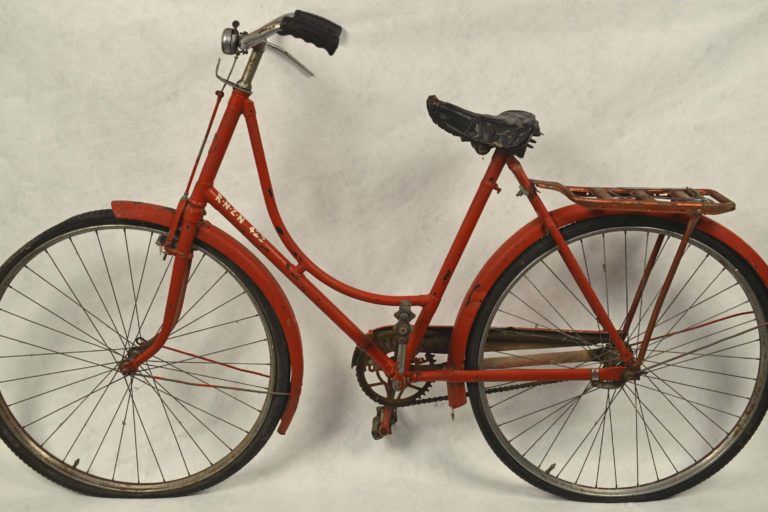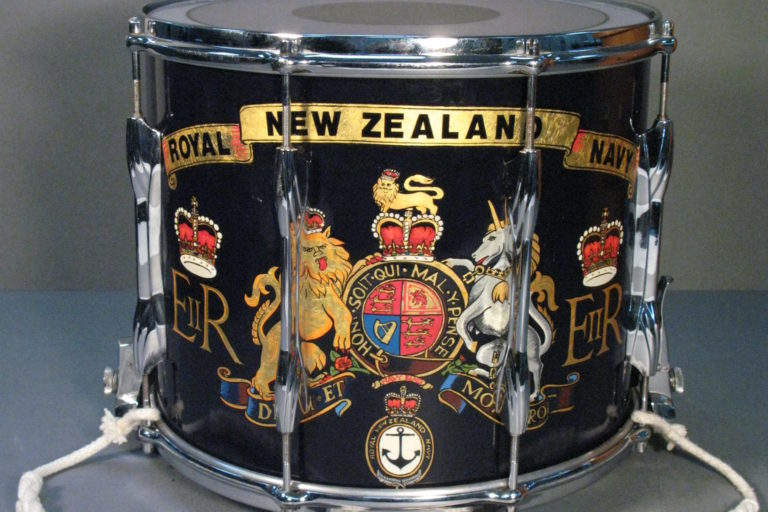Able Seaman John Reardon saw service with the fledgling Royal Australian Navy serving in submarines before losing his life in HMAS Submarine AE1 on 14 September 1914.
He was the first New Zealander to die on active operations in World War One.
John Reardon was born 9 February 1891 the third son of Edward Charles Reardon and Catherine McMillan Norton of Kaikoura.
John did his schooling at Kaikoura completing Standard 3 before leaving school. On leaving school John joined HMS Pioneer, one of two warships that came to NZ as part of the Australasian Auxiliary Squadron, patrolling NZ waters from around 1905/6.
Most ships of the squadron were based in Australian waters. All were owned by the British Admiralty.
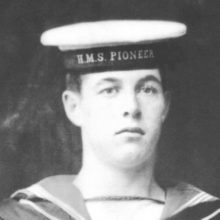
By the end of the month he had qualified for submarine service and was granted service on HMAS AE1 Australia’s first Submarine.
HMS Pioneer had crew vacancies for seamen, boys, and stokers, from 15 to 22 years of age, with practically every trade represented on board in what was then a modern Man-o-War. Men could join up directly on to the ship, the service in those days was for five years, so at the age of 23 years, he could leave with 250 pounds sterling to his credit in his savings bank, another incentive for John to join up.
John was still on HMS Pioneer in Wellington in March 1910. Pioneer returned to her Sydney base on 29 October 1912, and was then gifted to the fledgling Royal Australian Navy, and on 1 January 1913 she was commissioned HMAS Pioneer.
At this time John must have volunteered for submarine service. His service record with the Royal Australian Navy started on 1 January 1913, commencing active service on 15 March 1913. By the end of the month he had qualified for submarine service and was granted service on the HMAS AE1 Australia’s first Submarine. Then followed a trip to England to collect the new AE1 and sister submarine HMAS AE2. These submarines were 181 feet long just over 55metres. They displaced 660 tons surfaced and 800 tons submerged, the beam was 22 feet 6 inches. Armed with 4x 18inch Torpedo tubes, of which two could fire a broadside one each to port and starboard. There was no turret gun though. Driven by two eight cylinder engines and battery driven electric motors rated at 500hp submerged speed was 10 knots, and 1750 hp surface speed was 15 knots.
They displaced 660 tons surfaced and 800 tons submerged, the beam was 22 feet 6 inches. Armed with 4x 18inch Torpedo tubes, of which two could fire a broadside one each to port and starboard.
Of the complement of 35 crew, John was the only New Zealander. AE1 was launched 22 May 1913, and AE2 was launched 18 June 1913. John’s next postcard came from Portsmouth dated 3 January 1914 telling his Aunt the AE1 had just left Vickers and Sons shipyard in Barrow on Furness, heading to Portsmouth, and that AE1 would be leaving England 1 March 1914 and the first port of call was Gibraltar. The two submarines actually left England on the 2 March 1914, and, after 83 days completed the longest sea voyage by any submarines, arriving in Sydney on 24 May 1914. John wrote to his Aunt again 17 August 1914 from AE1 now based in Sydney. By then war had been declared 5 August 1914 with Germany. In this letter he intimated that they may be going to German New Guinea to take possession, or else going to Samoa, so there may be a chance, yet, of seeing some active service.
On 14 September 1914 HMA Submarine AE1 went missing while patrolling off the Duke of York Island. The lost included two officers and 32 ratings. John was 23 years of age. In 2011 a naval service was held at Garden Island naval base in Sydney where the Governor-General of Australia Quentin Bryce and the Chief of Navy Vice Admiral Ray Griggs unveiled a memorial plaque commemorating the loss of the AE1 exactly 97 years ago. The AEI was rediscovered in December 2017.
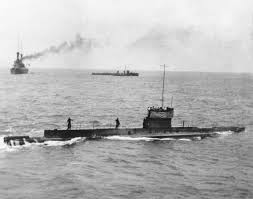
Read more about the AE1 on the Australian Navy’s website.
View footage from the joint US and Australian expedition to survey Australia’s first submarine HMAS AE1 in April 2018. It provided detailed images of the then 103-year old shipwreck, which lies on the seafloor off the Duke of York Islands in Papua New Guinea (PNG).

